Hurricane hunters: the pilots who fly into category 5 storms
Astounding video shows Hurricane Irma from inside the eye of the storm

The US air force has released footage taken from inside Hurricane Irma, to show what a category 5 storm looks like from its centre.
The video was captured by the 53rd Weather Reconnaissance Squadron, otherwise known as the Hurricane Hunters, an all-reserve air force unit who gather data by flying their aircraft into storms such as Irma, Reuters reports.
The squad is based at Keesler Air Force Base in Biloxi, Mississippi, and its origins dates back to a 1943 barroom “dare” by two former army air corps pilots to fly through a hurricane off Texas.
The Week
Escape your echo chamber. Get the facts behind the news, plus analysis from multiple perspectives.

Sign up for The Week's Free Newsletters
From our morning news briefing to a weekly Good News Newsletter, get the best of The Week delivered directly to your inbox.
From our morning news briefing to a weekly Good News Newsletter, get the best of The Week delivered directly to your inbox.
The air force reserve’s Lieutenant Colonel Jim Hitterman, who has flown into around 50 hurricanes when he’s not working as a Delta Airlines pilot, compares the experience to driving through a car wash with a group of gorillas jumping around on the vehicle. Sometimes, Hitterman tells Reuters, the shaking is so intense that he cannot see the plane instruments directly in front of him.
US satellite data alone isn’t nearly as effective without the information gathered by the crews. Hurricane hunter planes fly in an X-pattern, where the centre of the X is located in the hurricane’s eye, says Vice News. The aircrafts are equipped with an array of radars and sensors that collect meteorological data.
The US National Oceanic and Atmospheric Administration (NOAA) and the air force reserve flew several missions into Irma’s eye, in a bid to gain a better understanding of the storm’s power, as it tore through the Caribbean toward Florida, USA Today reports.
“We fly right through the eye wall into the heart of the storm at 5,000 to 10,000 feet above the Earth’s surface,” Lt. Col. Brian Schroeder told the newspaper.
A free daily email with the biggest news stories of the day – and the best features from TheWeek.com
Flight meteorologist Major Nicole Mitchell, a television news meteorologist and mother of an eight-month-old boy, collects data so that forecasters can tell residents whether to evacuate their homes as Irma or other storms advance.
“It’s a fact that we make a difference,” Mitchell told Reuters.
During flights, the weather data is collected and sent directly to the US National Hurricane Centre using satellite communications, the Hurricane Hunters Association says.
Since the 53rd Weather Reconnaissance Squadron was founded, six hurricane and typhoon hunting aircraft have been lost, at a cost of 53 lives, according to the Weather Underground website.
-
 Wilde Cambridge: home-away-from-home in a prime city spot
Wilde Cambridge: home-away-from-home in a prime city spotThe Week Recommends This laid-back aparthotel is the perfect base for a weekend of exploring
-
 The best alcohol-free alternatives for Dry January
The best alcohol-free alternatives for Dry JanuaryThe Week Recommends Whether emerging from a boozy Christmas, or seeking a change in 2026, here are some of the best non-alcoholic beers, wines and spirits to enjoy
-
 A lemon-shaped exoplanet is squeezing what we know about planet formation
A lemon-shaped exoplanet is squeezing what we know about planet formationUnder the radar It may be made from a former star
-
 Shell’s North Sea oil U-turn: ‘a first victory in a longer war’?
Shell’s North Sea oil U-turn: ‘a first victory in a longer war’?Speed Read Controversy after oil giant pulls out of proposed Cambo project
-
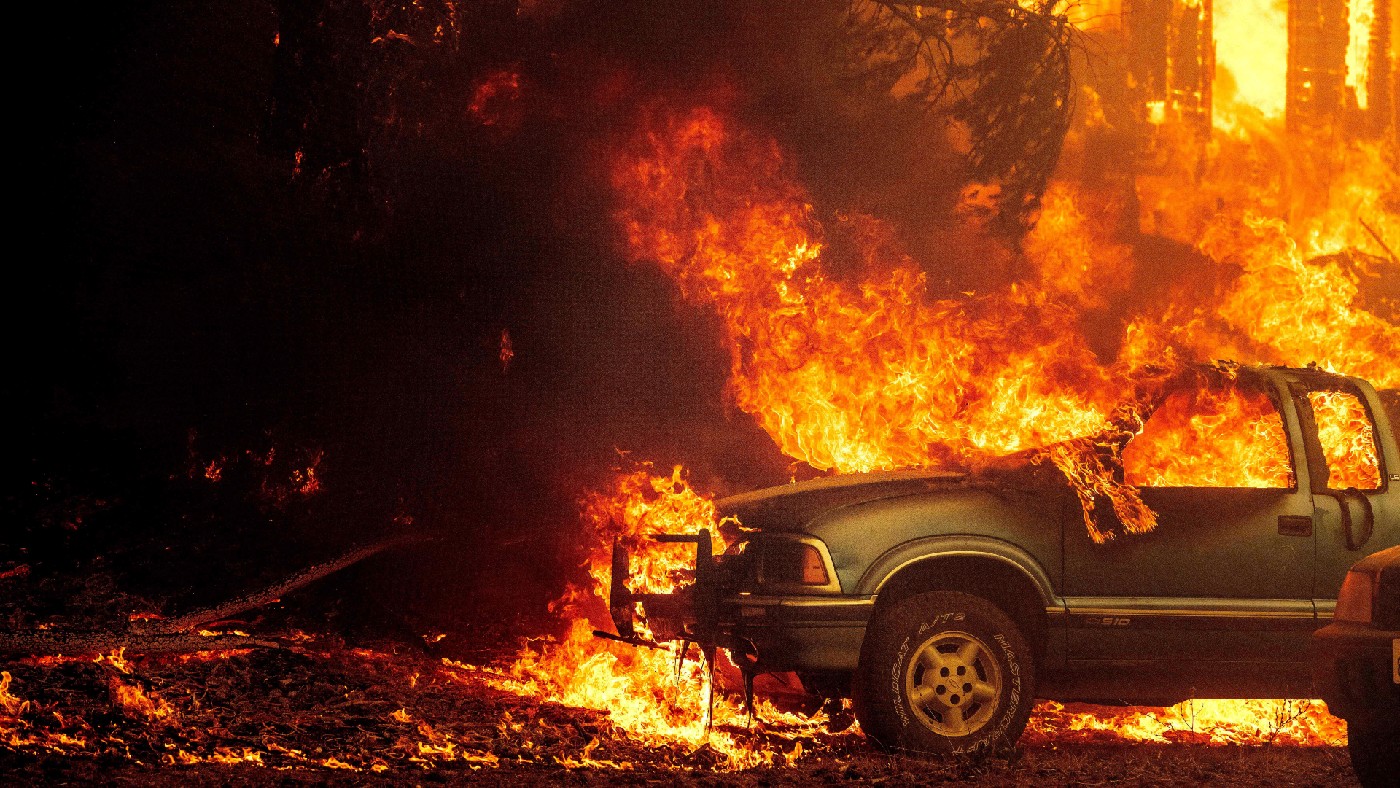 Fires, floods and storms: America’s ‘permanent emergency’ has begun
Fires, floods and storms: America’s ‘permanent emergency’ has begunSpeed Read This summer of climate horror feels like the ‘first, vertiginous 15 minutes of a disaster movie’, says The New York Times
-
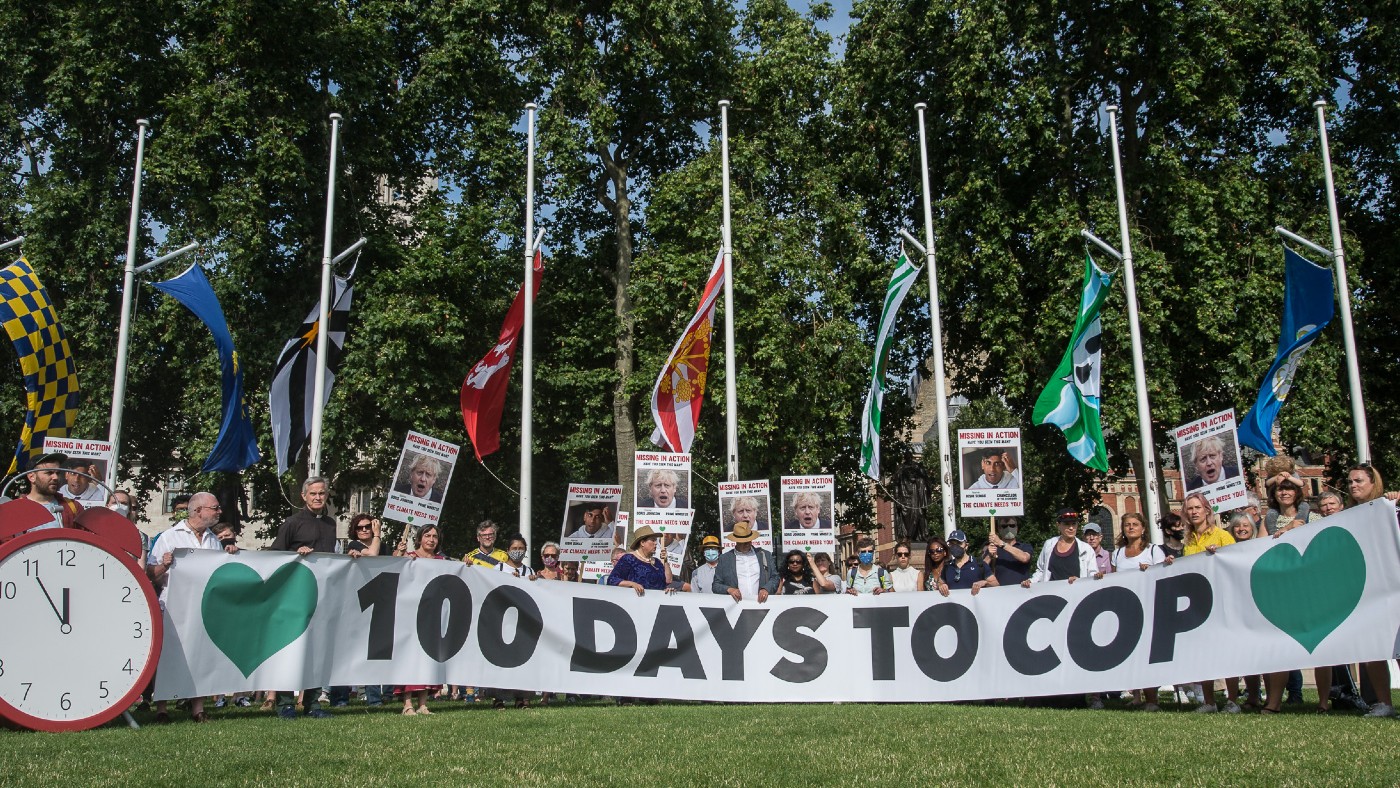 Hot air and empty rhetoric: is the UK acting too slowly on climate change?
Hot air and empty rhetoric: is the UK acting too slowly on climate change?Speed Read ‘Every day, new evidence accumulates that humanity is on an unsustainable path’
-
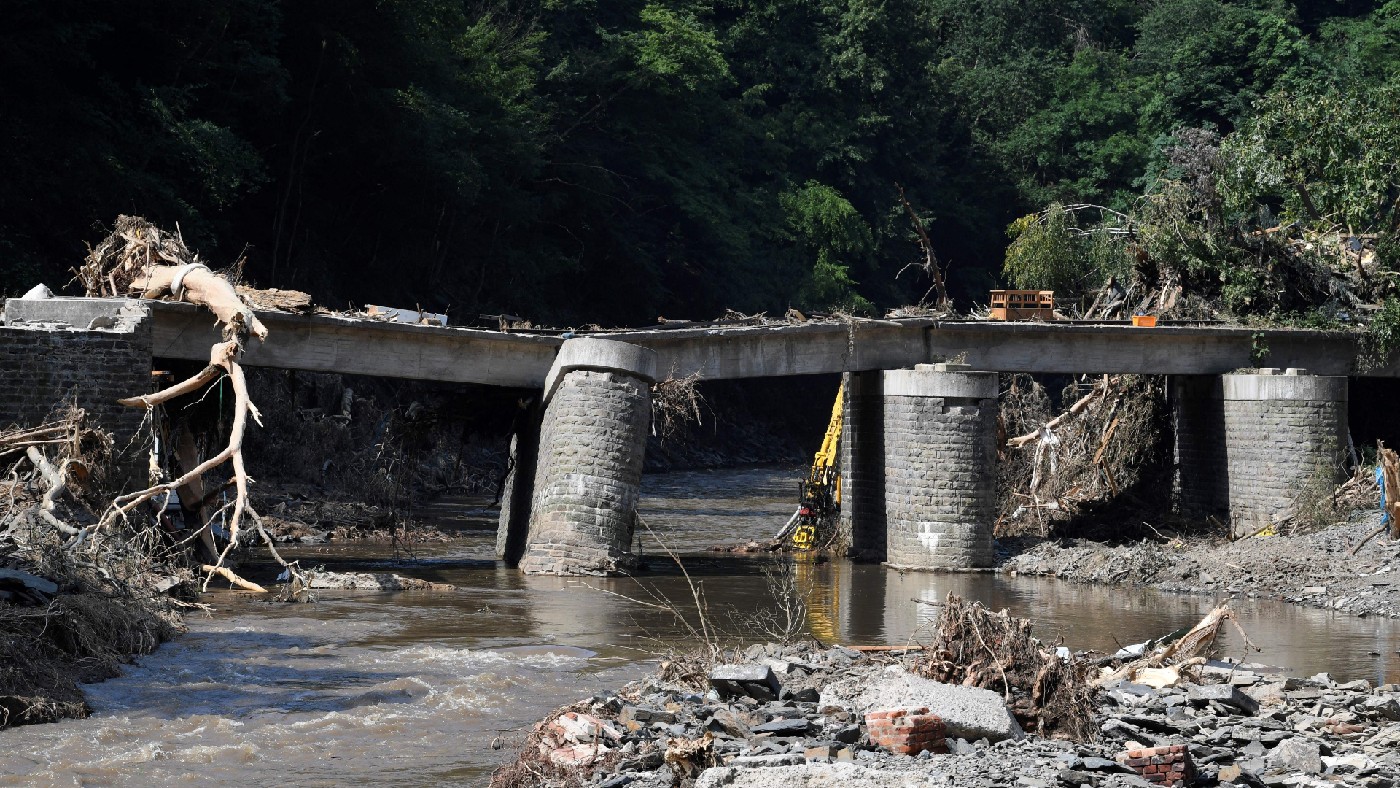 Germany floods: what led to this ‘once-in-a-century’ disaster?
Germany floods: what led to this ‘once-in-a-century’ disaster?Speed Read Nearly 200 people died in Germany and Belgium; hundreds are still unaccounted for
-
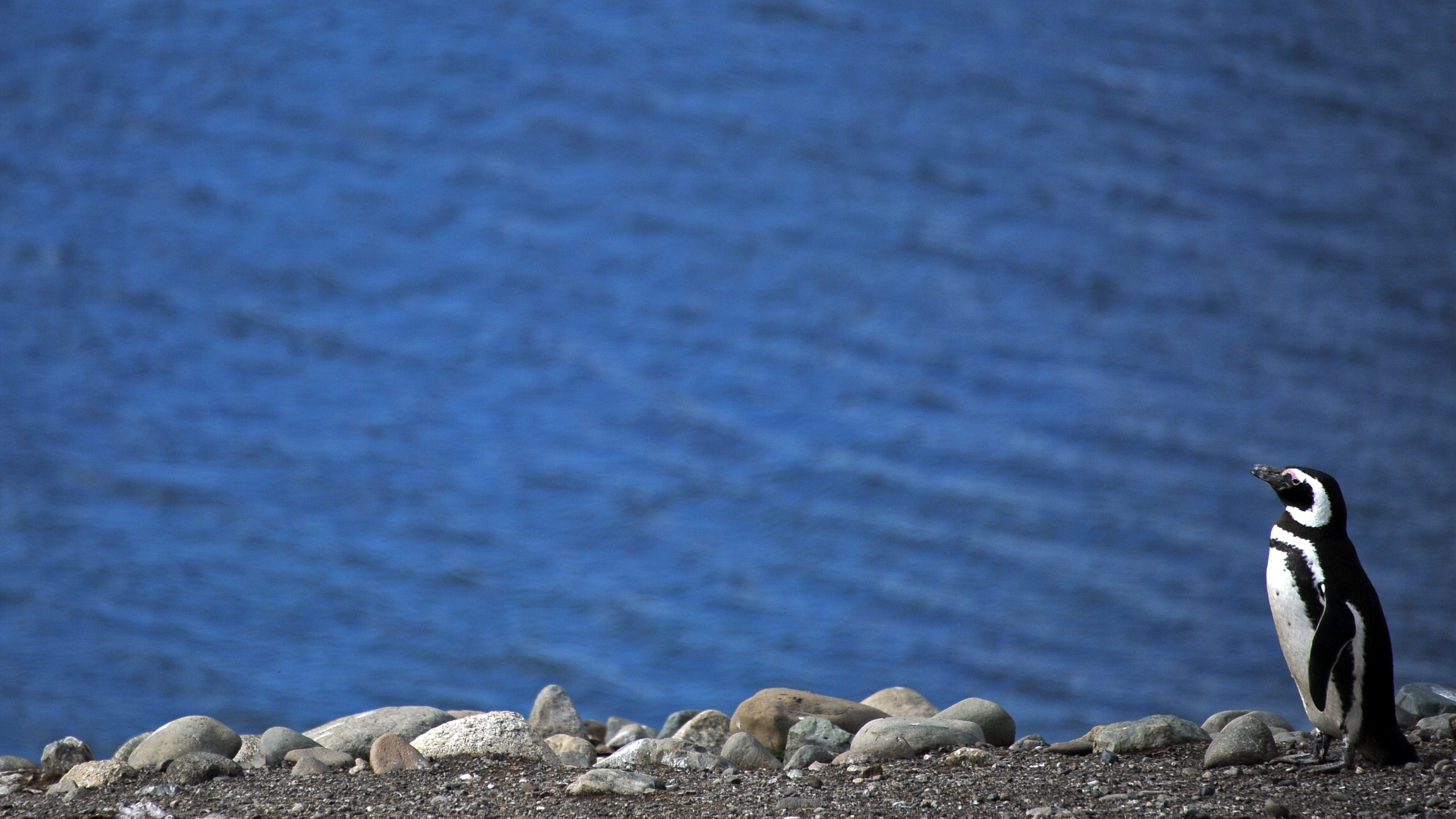 Penguin colony at risk as Somerset-sized iceberg bears down on British overseas territory
Penguin colony at risk as Somerset-sized iceberg bears down on British overseas territorySpeed Read Several species face starvation if the icy giant blocks access to feeding grounds
-
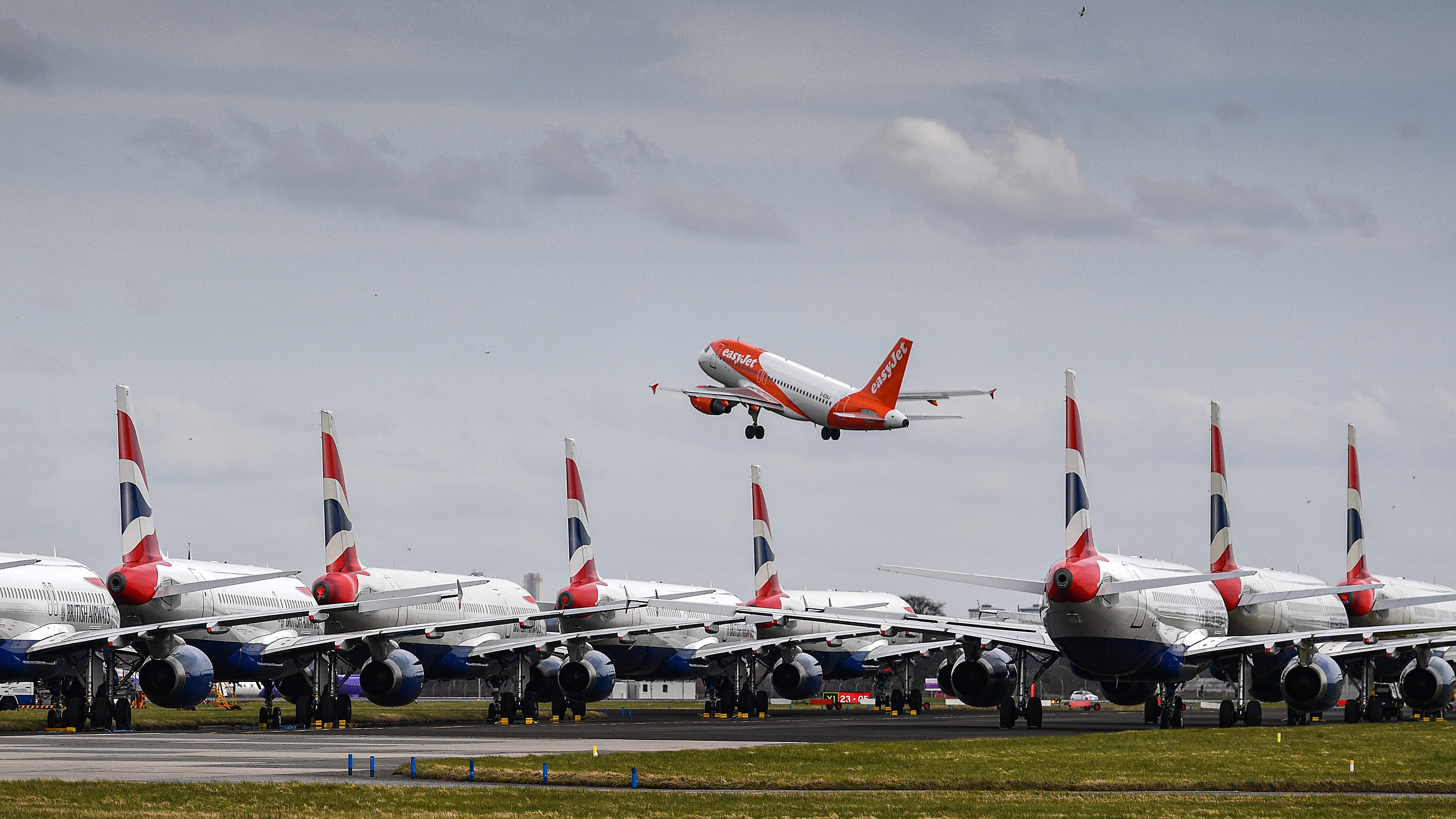 ‘Full of hot air’: climate experts exposed as academia’s most frequent flyers
‘Full of hot air’: climate experts exposed as academia’s most frequent flyersSpeed Read Study results trigger calls for environmentalists to ‘look in the mirror’
-
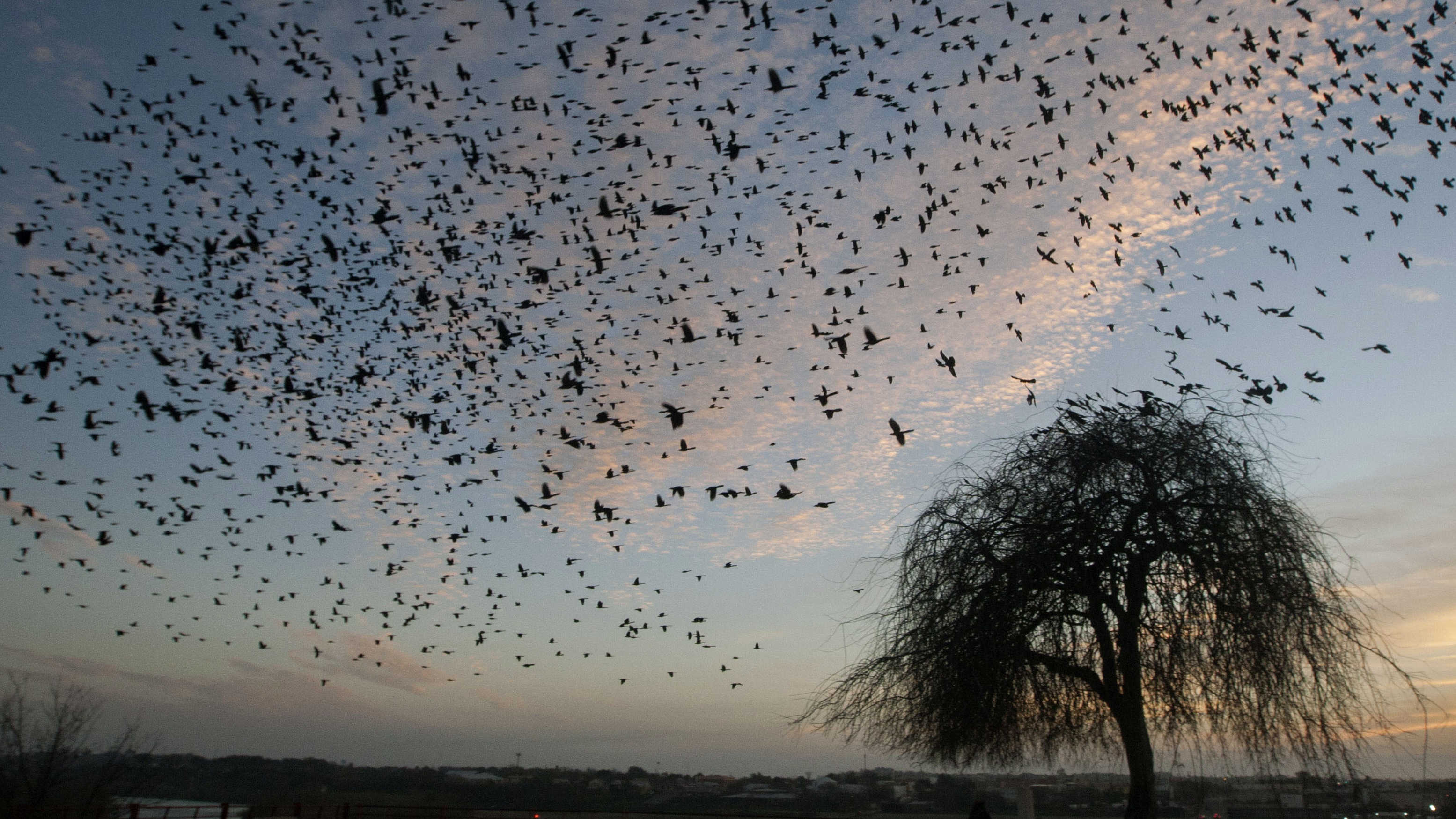 Mystery of millions of migrating birds dropping dead from US skies
Mystery of millions of migrating birds dropping dead from US skiesSpeed Read Some experts believe the West Coast wildfires may be to blame for ‘unprecedented’ mass bird deaths in New Mexico
-
 Americans warned not to plant mystery seeds being sent to homes nationwide from China
Americans warned not to plant mystery seeds being sent to homes nationwide from ChinaSpeed Read Officials say the unsolicited packages have been mailed to residents in at least 27 US states